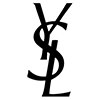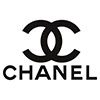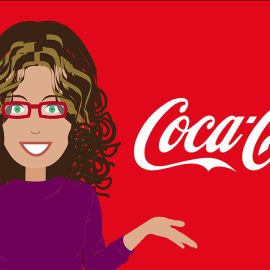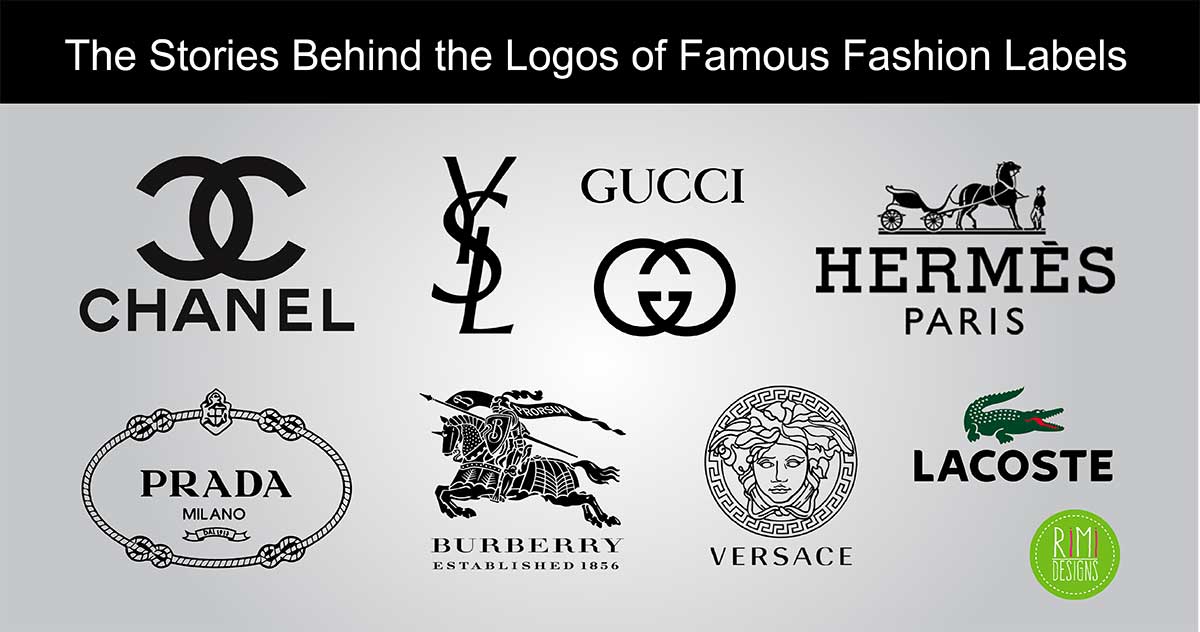
The Stories Behind the Logos of Famous Fashion Labels
Although famous fashion labels are based around fashion design, clothes and stitching, the fashion houses themselves and also their customers often place heavy value on their logos.
Let’s check out how some of the most expensive brands in the world created imagery that instantly conveys chic, sophistication, quality and luxury. After all, major high fashion brands aren’t selling just clothes, they’re selling a lifestyle.
Yves Saint Laurent
The iconic YSL logo was designed in 1963 by famous artist, poster designer and typographer A. M. Cassandre, while Saint Laurent himself was still at the head of the fashion house.
Cassandre’s influences from cubism to surrealism, as well as his interests in typefaces, informed his design that present-day customers are still going bananas over.
Chanel
Coco Chanel created one of the world’s highest luxury brands. Although her past is filled with sordid tales, she was also clearly an excellent business woman with an eye for style and design. This was not only shown in her ground-breaking styles but also in her creation of the design house’s logo, which has become synonymous with luxury and decadence.
Chanel designed the logo herself, based on a stained glass window from Aubazine, the church where Chanel was raised; and the logo of the Château de Crémat, a villa in Nice, France. See, inspiration can come from everywhere!
Chanel is particular in that it is one of the fashion brands that uses the logo as the image that gives each piece value. The logo has become a statement, showing off that you have the money and the class to buy such costly items. In high fashion, logos are everything.
Gucci
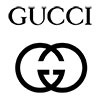 Gucci has become so representative of the ideas of living the high life, that it has even become its own slang word. Its logo is yet another visual marker in the global marketplace and culture for style, elegance and all around expensiveness.
Gucci has become so representative of the ideas of living the high life, that it has even become its own slang word. Its logo is yet another visual marker in the global marketplace and culture for style, elegance and all around expensiveness.
Designed in 1933 by Aldo Gucci, eight years after the surprisingly similar Chanel logo, the Gucci logo also uses a simple concept. While Chanel’s logo represented the interlocking C’s of Coco Chanel’s name, this logo is meant to represent the interlocked G’s of Guccio Gucci, founder of the fashion house and father of Aldo.
Despite their operations in the same industry, this similarity has apparently never been an issue.
Hermés
 Hermés is very, well, Parisian. And their logo is a classic representation of Parisian class, style and originality. The logo design hearkens back to the birth of the company, when the Hermés clan was involved in making the finest leather saddles for the Parisian elite. Slowly the brand grew to include other fine leather works and sporting jackets.
Hermés is very, well, Parisian. And their logo is a classic representation of Parisian class, style and originality. The logo design hearkens back to the birth of the company, when the Hermés clan was involved in making the finest leather saddles for the Parisian elite. Slowly the brand grew to include other fine leather works and sporting jackets.
The logo was designed in the 1950s, roughly a century after the company’s inception and accurately reflects their motto “Leather, sport and a tradition of refined elegance”.
Burberry
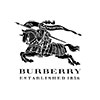 Apparently, as many of these fashion houses were rising to prominence, the horse was the ultimate representation of old-school nobility, class and honour – hot qualities in the extra high-end fashion design world. In this way, Burberry and Hermes both ended up with equestrian logos. The logo also references antiquity with the Latin word “Prorsum” – meaning forward – implying the goals of the company.
Apparently, as many of these fashion houses were rising to prominence, the horse was the ultimate representation of old-school nobility, class and honour – hot qualities in the extra high-end fashion design world. In this way, Burberry and Hermes both ended up with equestrian logos. The logo also references antiquity with the Latin word “Prorsum” – meaning forward – implying the goals of the company.
Thomas Burberry trademarked the logo in 1904, a smart move to safeguard his business. In 1920 Burberry also copyrighted their trademarked checkered design. Together, the logo and the check design have become definitive of the Burberry brand.
Lacoste
 This sporty brand got its name from the top French tennis-man of the 1920s and 30s, René Lacoste.
This sporty brand got its name from the top French tennis-man of the 1920s and 30s, René Lacoste.
The exact story of the crocodile though, is hotly debated. One account claims that the fans began to call Lacoste “The Crocodile” for his tenacity on the court. Other stories attest to the mascot’s origin as resulting from a bet between Lacoste and his team captain over an important match, with the winner receiving a crocodile-skin briefcase. After Lacoste won the match, a friend of his embroidered the logo onto Lacoste’s tennis shirts. And thus, the brand was born.
Regardless of the crocodile’s true origin, the brand and its logo have since become the ultimate signifier of athletically specialised luxury. Their brand reach has extended beyond just tennis, to now also include golf and preppy teens.
Prada
 Although Prada more typically relies on their original typeface to work as the face of their brand, this particular implementation is the one with the most interesting story.
Although Prada more typically relies on their original typeface to work as the face of their brand, this particular implementation is the one with the most interesting story.
This thoroughly Italian company achieved this classic rope design when they were appointed in 1919 as the official suppliers to the Italian Royal Household. The rope design comes from the Royal Italian Suit of Arms.
Versace
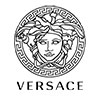 The brand’s reasoning for selecting this particular Greek mythological figure as their logo is perhaps due to her purported legendary beauty. However, as the story continues, Medusa seduces the sea-god Poseidon and was punished with fangs and hair made of snakes.
The brand’s reasoning for selecting this particular Greek mythological figure as their logo is perhaps due to her purported legendary beauty. However, as the story continues, Medusa seduces the sea-god Poseidon and was punished with fangs and hair made of snakes.
The story is meant to be a cautionary tale to avoid oversized vanity and lust, which are incidentally inherent parts of choosing to purchase high-end fashion.
And there you have it! The stories behind some of the logos that have allowed certain companies to charge what some might consider obscene prices for everyday goods.
The real lesson to be learned from these leaders of the fashion industry is how you can turn something like a brand name – and a logo – into something that people do not consider advertising, but rather the actual good itself worthy of purchase.
A good logo should reflect the spirit of your brand. Need a professional looking logo for your business?

